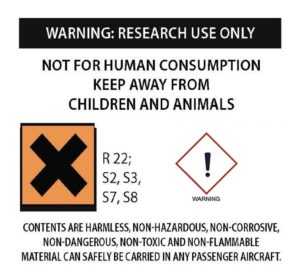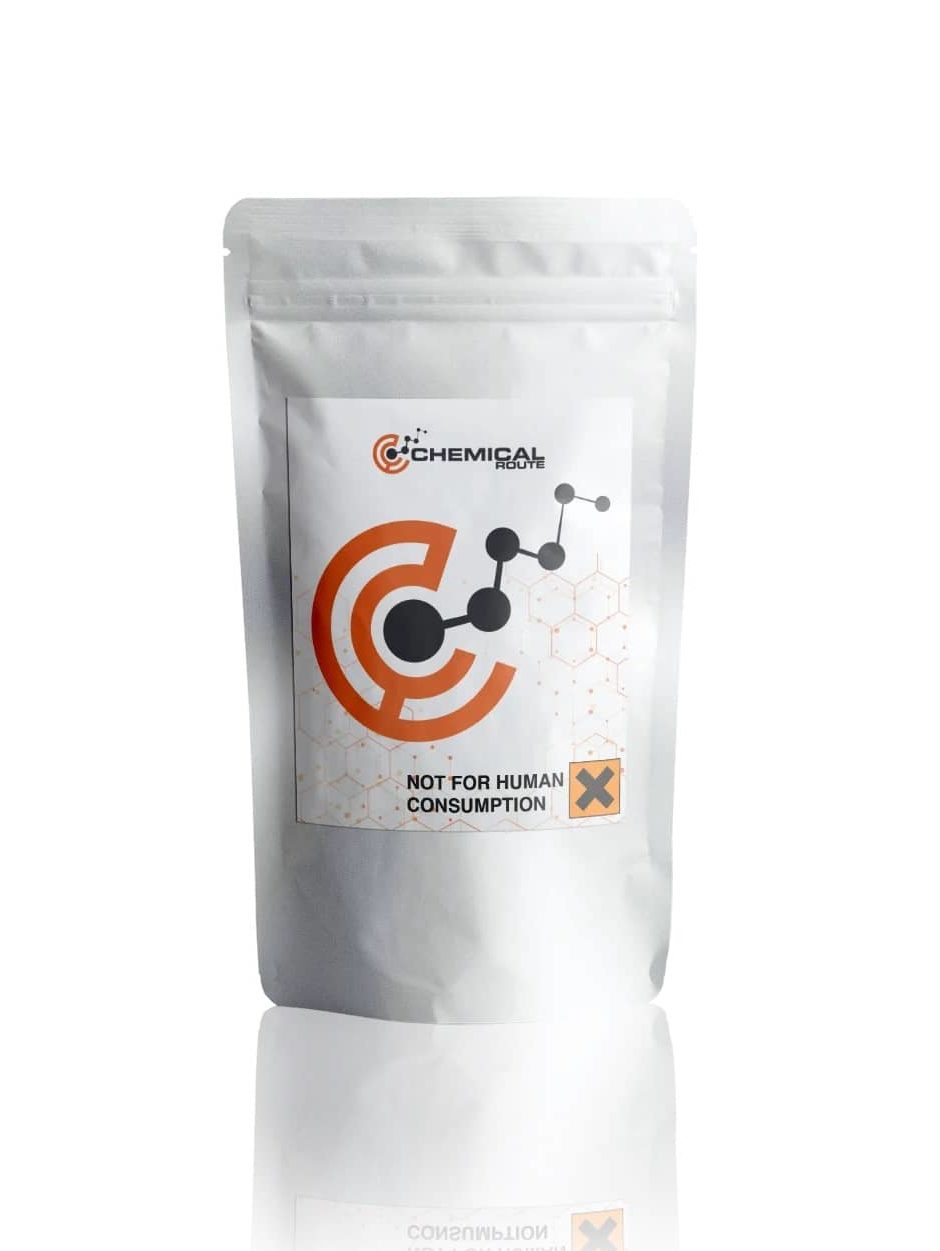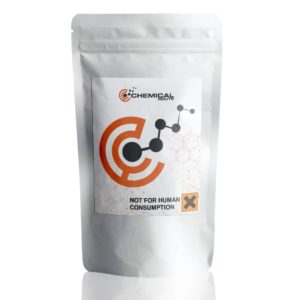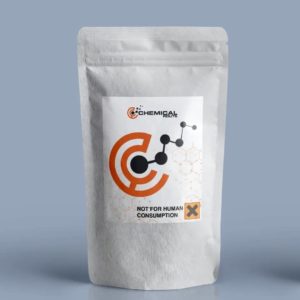Description
Ethylpropyltryptamine, EPT, N-ethyl-N-propyltryptamine
Product information
IUPAC-name N-Ethyl-N-[2-(1H-indol-3-yl)ethyl]propan-1-amine
Synonyms Ethylpropyltryptamine, EPT, N-ethyl-N-propyltryptamine
Formal name N-ethyl-N-
Cas number 850032-68-7
Formula C15H22N2
Molar Mass 230.355 g·mol−1
Purity 99.0 % min.
Formulations A neat solid, Powder
Solubility
- DMF: 30 mg/ml
- DMSO: 25 mg/ml
- Ethanol: 30 mg/ml
- Ethanol:PBS (pH 7.2) (1:2): 0.33 mg/ml
Ethylpropyltryptamine, EPT, N-ethyl-N-propyltryptamine
EPT, also known as N-Ethyl-N-propyltryptamine, is a novel psychoactive substance found in the tryptamine class. It is related to DMT and belongs to a group of unsubstituted tryptamines.
It is not known when the synthesis of EPT took place. However, it was first sold on an online chemical market in 2016. Unlike other research chemicals, it has no scientific literature. It’s believed to be the result of a drug design that’s been secretly carried out.
According to initial reports, EPT has mild effects and is indistinguishable from other structurally similar tryptamines such as DMT, DET, and DPT. Although it is less potent, it is still similar to DPT in terms of its immersive and mild effects.
There is currently no reliable data regarding the effects of EPT on a human body. It is highly recommended to avoid using this substance due to its potential side effects.
Chemistry
Tryptamines are a class of indole molecules that are composed of a bicyclic indole heterocycle. The core structure of these chemicals is composed of an amine RN’s tryptamine backbone and a pair of ethyl and propyl groups. EPT is an N-ethyl derivative of DPT and DET. It is also an analog of 4-H-EPA and 4-AcO-EPA.
EPT is a type of tryptamine that is related to DMT. It was first sold on the internet in 2016 and is not known to have any scientific literature. Unlike most research chemicals, it has no known scientific basis. It is produced in a different manner than the traditional form of tryptamines. This makes it an interesting product for the clandestine drug industry.
Pharmacology
Like most other psychoactive substances, EPT is thought to be a partial agonist of 5-HT2A. The effects of this drug are believed to be caused by its binding properties to the 5-HT2A receptors, which are located in the brain. Most of the time, psychedelic tryptamines have a strong structural similarity to serotonin, which explains the propensity for certain 5-HT sites.
The toxicological and physiological properties of this compound has not been analyzed. Usage of this Chemical should be for research and forensic purposes only.
WARNING This product is not for human or veterinary use.

This product is only available to persons of 21 years old and above.
Hazard statement(s)
| H302 | Harmful if swallowed |
| H315 | Causes skin irritation |
| H319 | Causes serious eye irritation |
| H332 | Harmful if inhaled |
| H335 | cause respiratory irritation |
| H336 | cause drowsiness or dizziness |
| Precautionary statement(s) | |
| P264 | Wash hands thoroughly after handling |
| P280 | protective gloves/protective clothing/eye protection/face protection |
| P305 + P351 + P338 | IF IN EYES: Rinse cautiously with for several minutes. Remove contact lenses, if present and easy to do. Continue rinsing. |
| P337 + P313 | If eye irritation persists: Get medical advice/attention |
| P261 | Avoid breathing dust/ fume/ gas/ mist/ vapors/ spray |
| P271 | Use only outdoors or in a well-ventilated area |
| P304 + P340 | IF INHALED: Remove victim to fresh air and keep at rest in a position comfortable for breathing |
| P312 | Call a POISON CENTER or doctor/physician if you feel unwell |
| P403 + P233 | Store in a well-ventilated place. Keep container tightly closed |
| P405 | Store locked up |
| P501 | Dispose of contents/container to a licensed disposal company |




Reviews
There are no reviews yet.